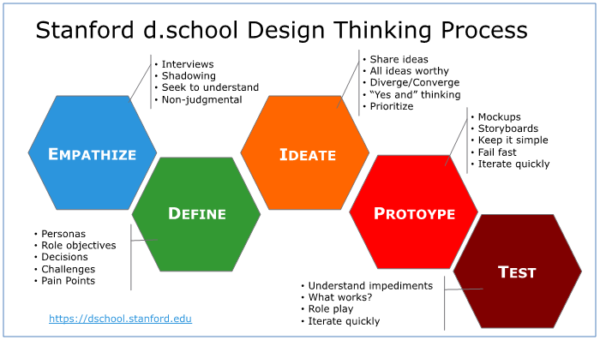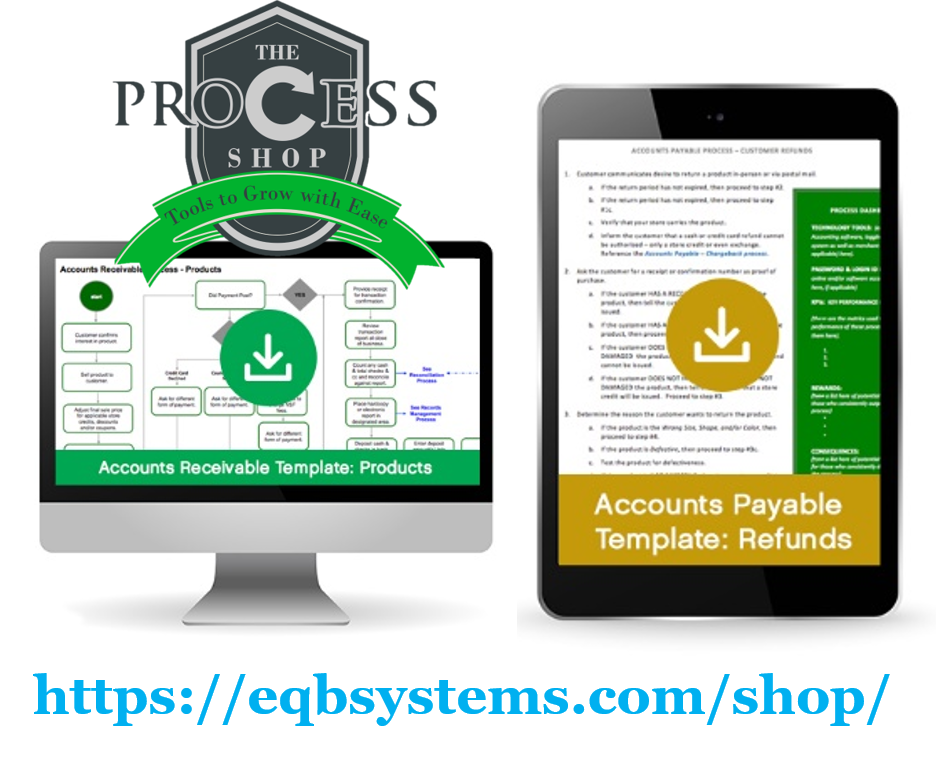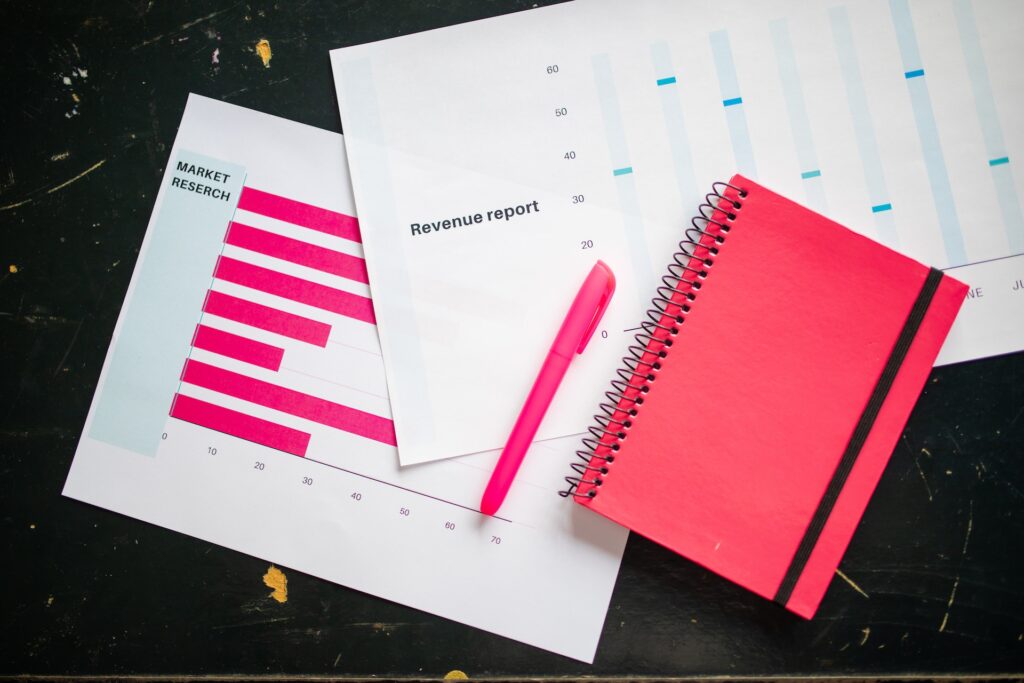Design thinking is a 5-stage framework for creative problem solving and its all the rage in many leading universities and enterprises:
Empathize –> Define the Problem –> Ideate –> Prototype –> Test
Without realizing it, I actually went through these stages, quite by accident, as I scaled a one-page flowchart into a full online store. Here’s the story of how I did it. Hopefully, it will inspire you to do something similar in your business.

1. Empathize
This stage is about talking to customers or end-users and figuring out what they want. Is there a way to make an existing product or service better or has the solution not yet been created/invented? In my case, I didn’t start with this stage in the first iteration of my experience as a new Slideshare user. Instead, I randomly posted some one-page flowcharts on the content management platform. It wasn’t until it started receiving thousands of views and downloads that I “improved” the content (based on feedback) and started at this stage.
2. Define the Problem
Before you dive right into designing or improving something, you need to know the “why” behind it. For me, I knew I wanted to give access to small business owners looking for practical information they could readily apply in operating their businesses.
3. Ideate
This is where your creative juices really start to flow. Begin sketching out your ideas and analyzing which to pursue. It required the input of many people including actual content viewers, Slideshare technical support, social media experts, and web designers. Below is the original Accounts Receivable process flowchart I posted on Slideshare.
4. Prototype
According to Sr. Product Development Engineer, Eric Lange, it’s never a good idea to initially build a full prototype based on your design. He suggests building and testing in stages to allow for improvements along the way. This iterative process will save you much time and money, not to mention afford you the opportunity to gain support before launching.
Thankfully, this was the approach I used. When I saw that the first flowchart was getting thousands of views, I released a 2.0 version based on feedback received. That version can be seen below:
5. Test
This stage is in lock-step with processes. Testing is essential for quality assurance. Processes are required to train, test and troubleshoot every element of your new product or service before launching it. In my case, I closely monitored the analytics to determine when, where and how people were viewing the flowchart. At that time, Slideshare had a feature that allowed me to embed a call-to-action to determine a viewer’s interest in potentially purchasing a more in-depth template.
Launch
The amount of time required to go through all of the design thinking phases varies depending on the complexity of your idea as well as other factors like budget, timing, and availability.
Once I received what I thought was sufficient feedback, I began working with my web developer to create a new online store where process and procedure templates would be available 24/7 for purchase and download. It took about two years to launch The Process ShopTM.
When I started Equilibria, if you would have told me that I would one day sell business process and procedure templates online, I would have thought you were crazy! But what started as a few random process flowcharts that I uploaded onto SlideShare turned into a full suite of process and procedure templates in an online store known as The Process ShopTM.
It All Starts with the Customer
A major way to solve or mitigate problems is by starting with the voice of the customer. This means you really have to listen. A sure-fire way to fail is to proceed without the feedback of the end-user (and the people on your design and marketing teams). Yes, there are times when you might have to flat out ignore people who tell you that something can’t be done – and that’s not always an easy decision to make.
If you see a need out there, start building your product or service prototype. The possibilities are only limited by your imagination. While prototyping and testing, if you see something is wrong, stop! Correct it and keep testing until it is fixed. Remember Samsung?












